[Double Discount - 30% Off] 1800's Agestri Kiln Olive Jar
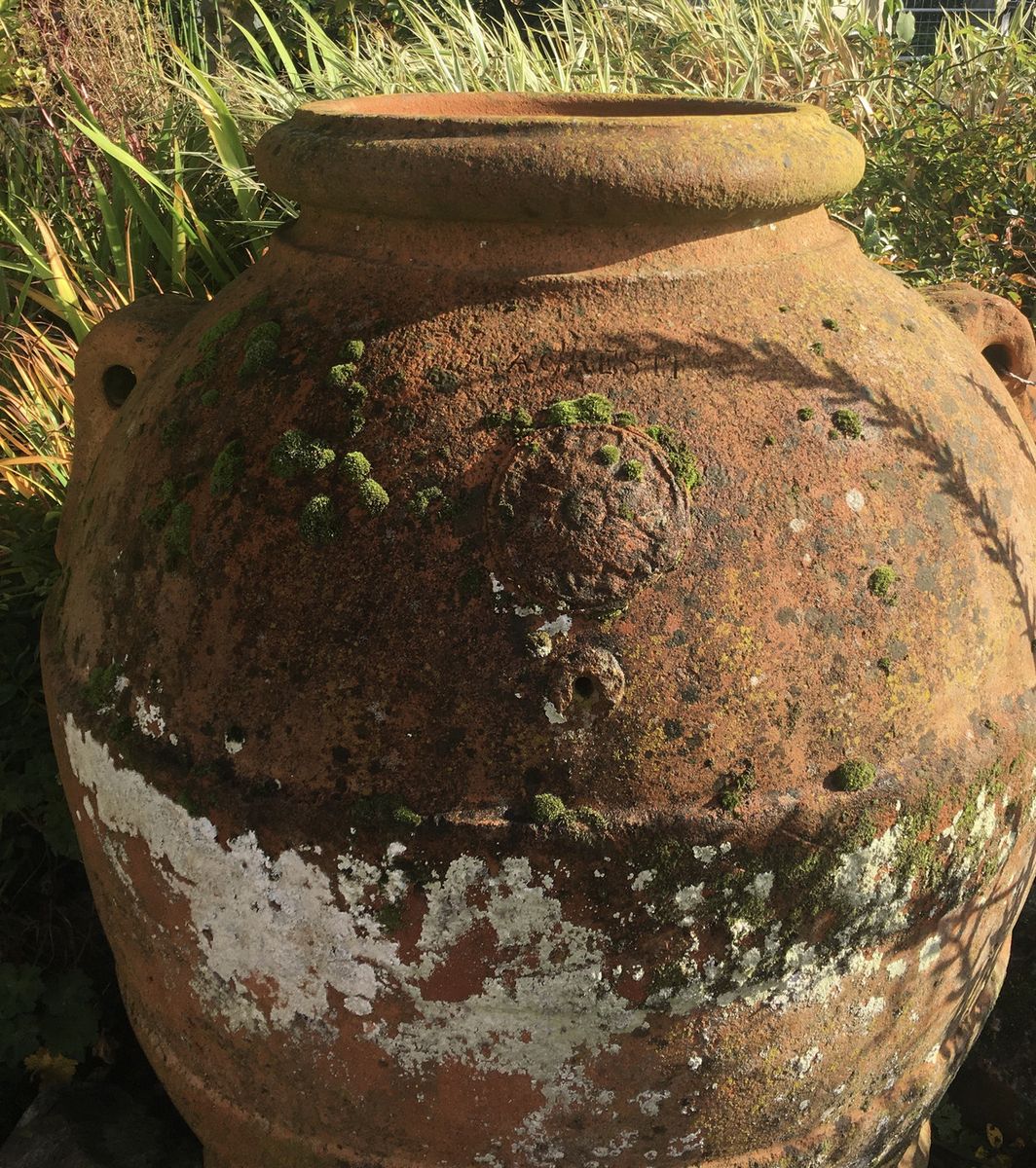
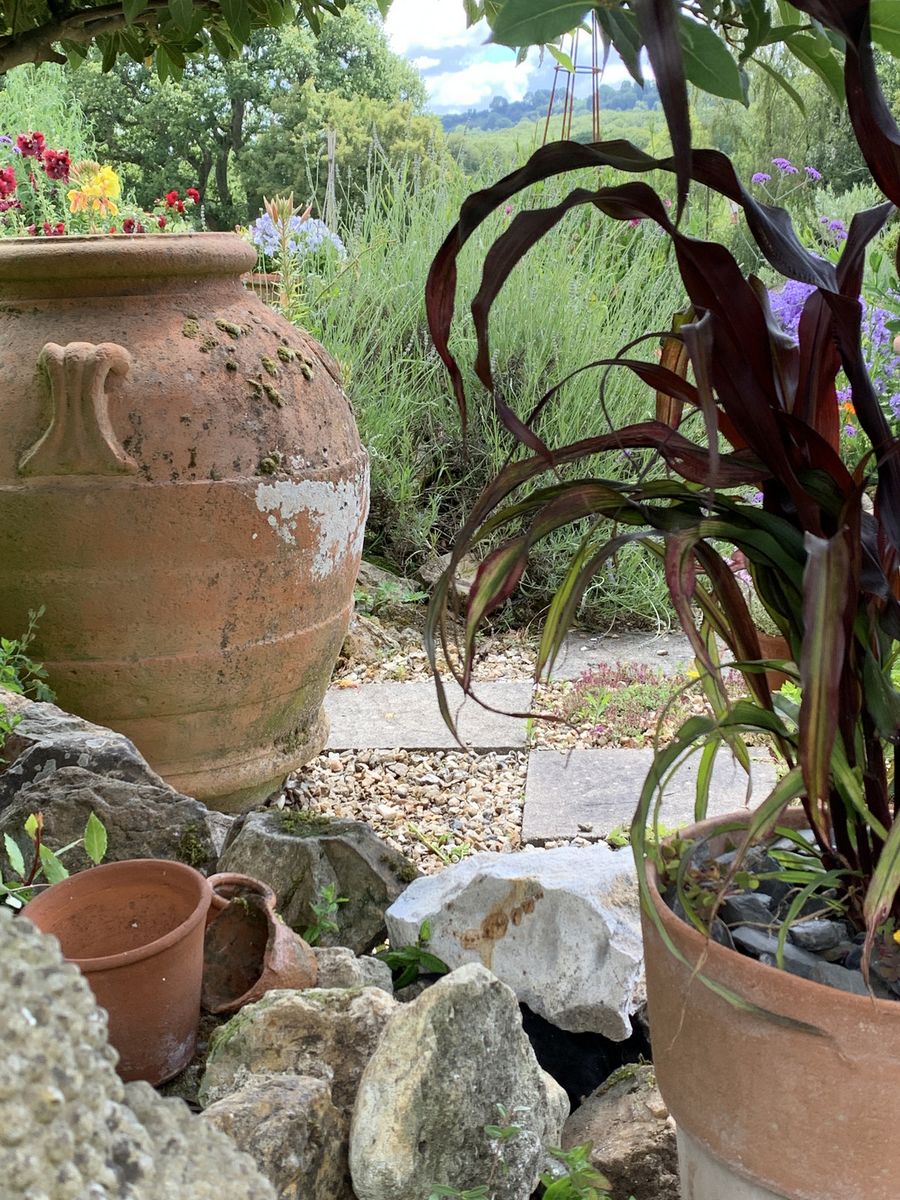
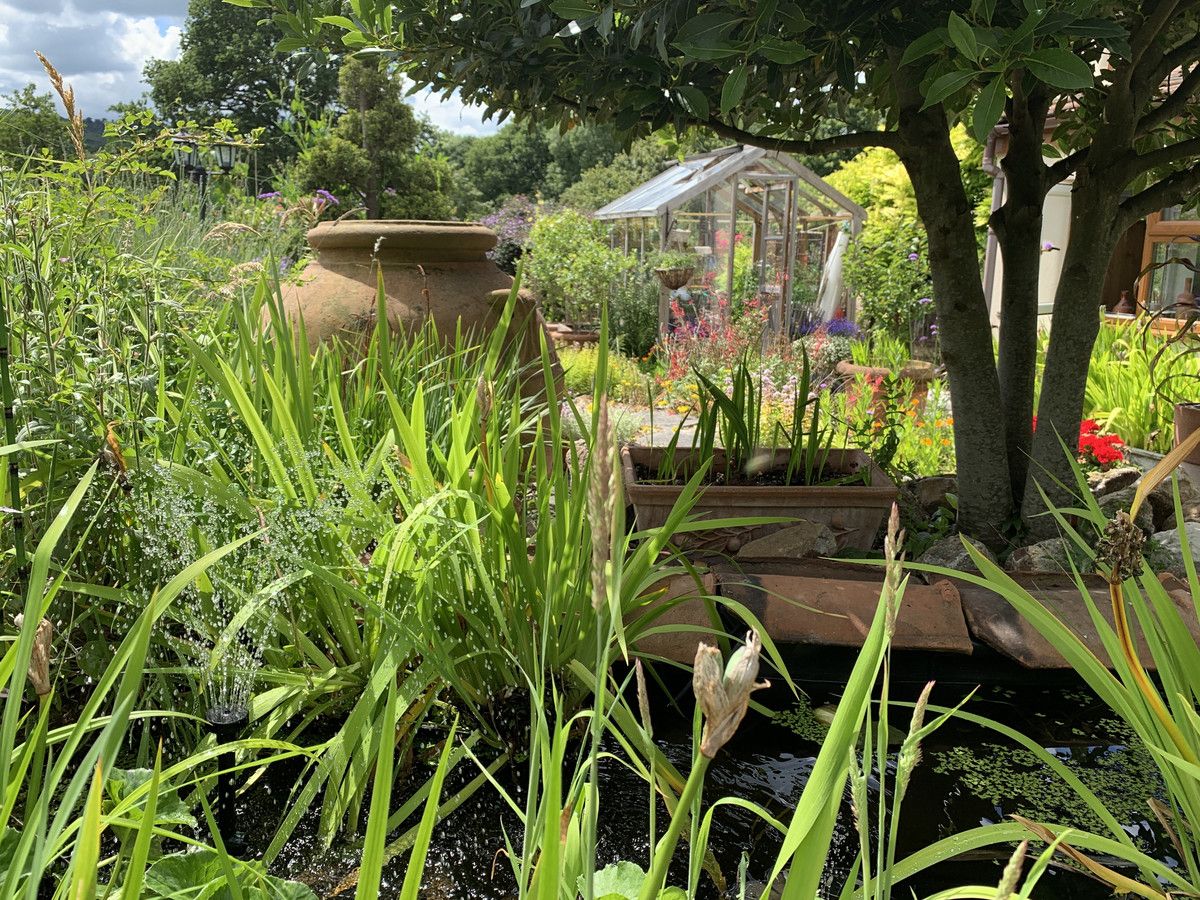
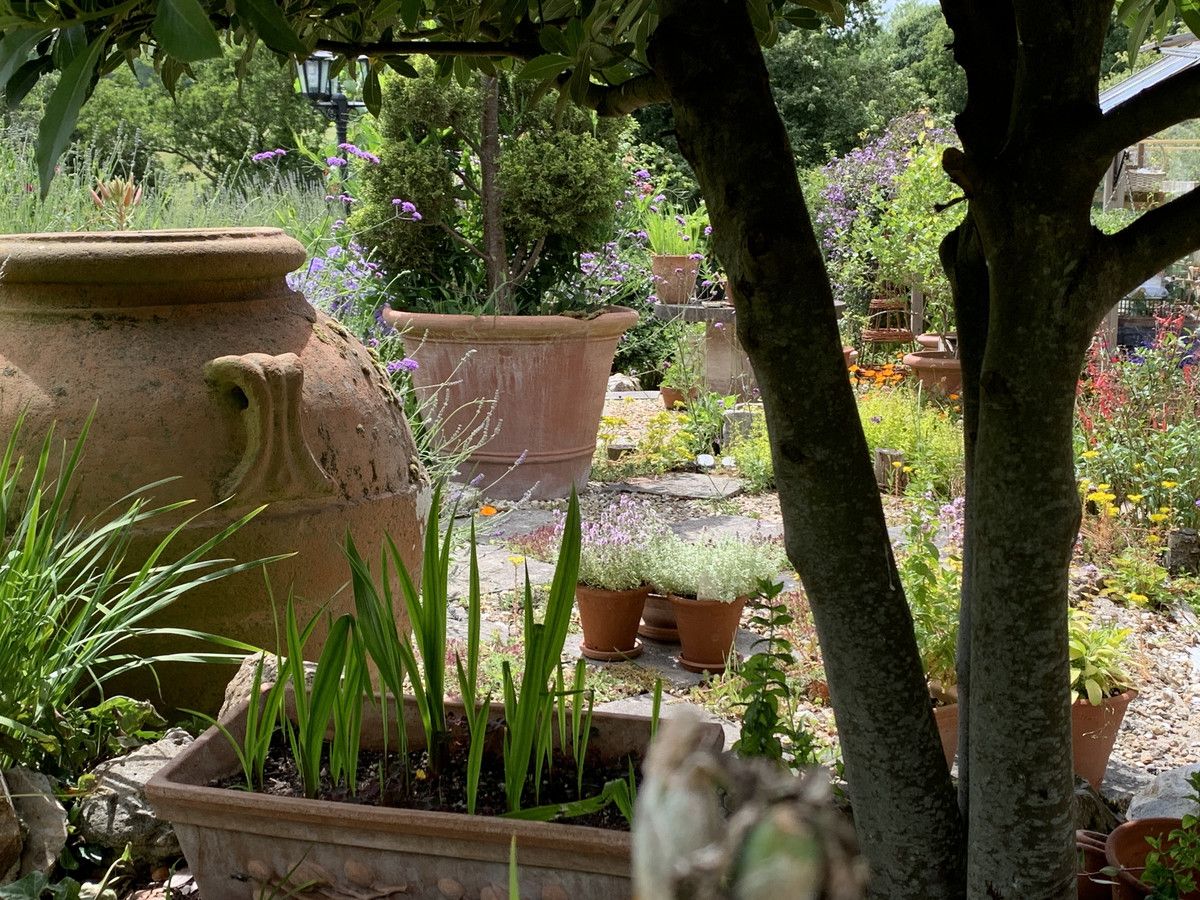
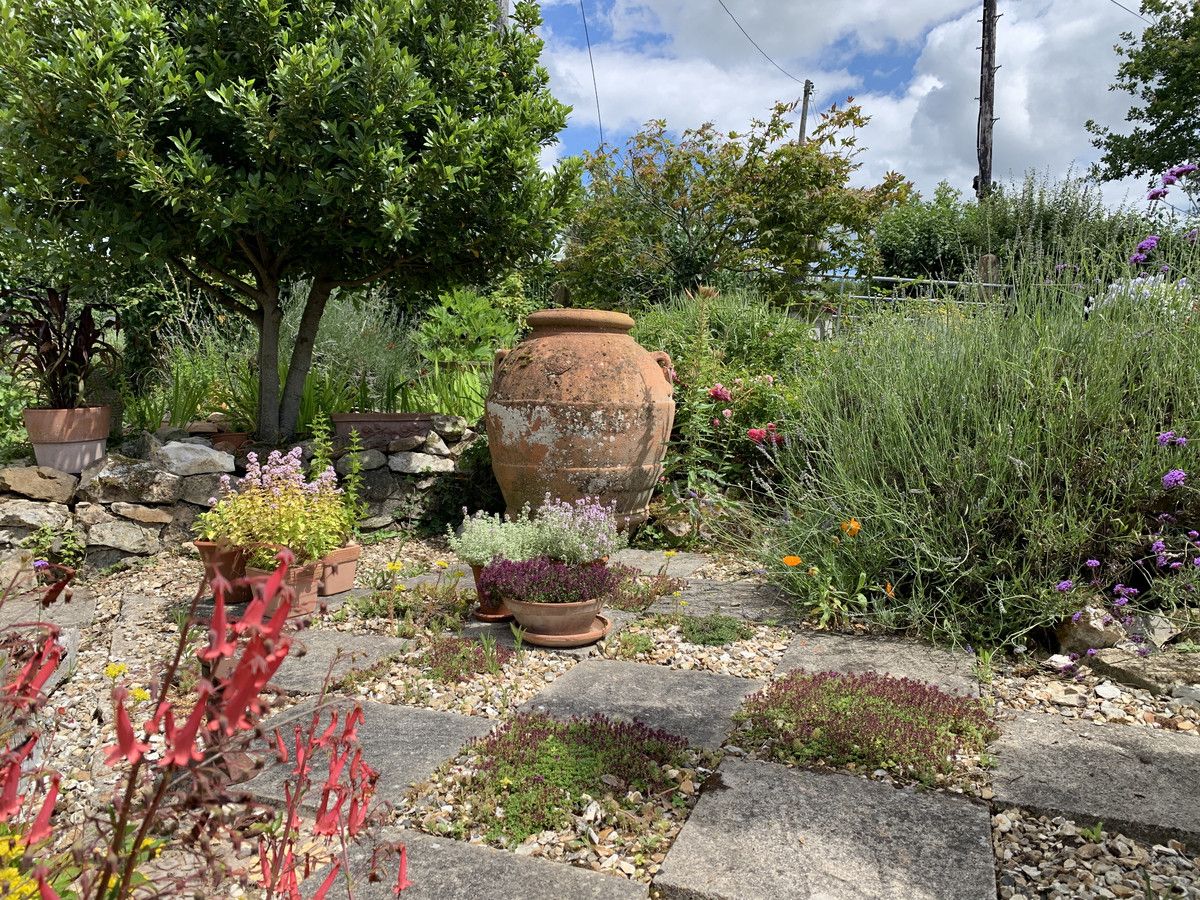
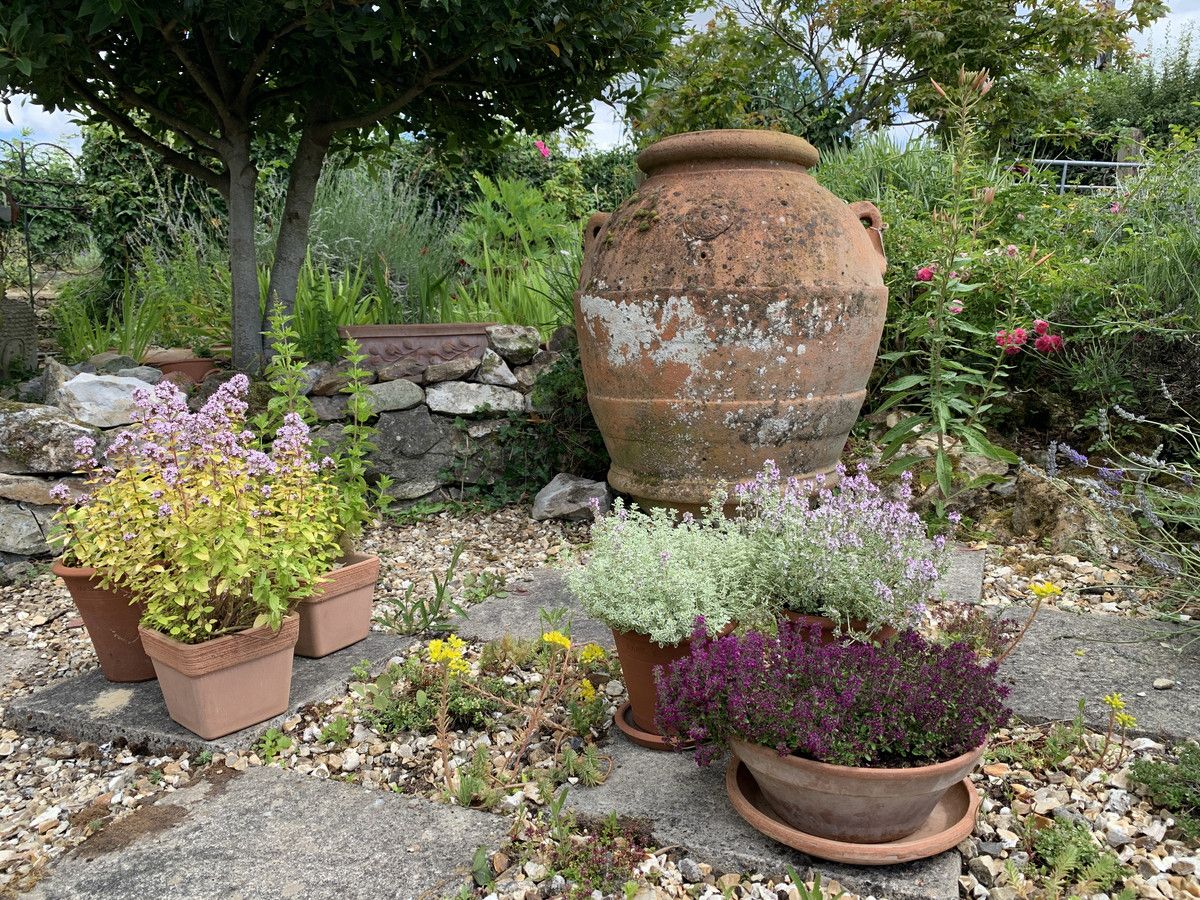
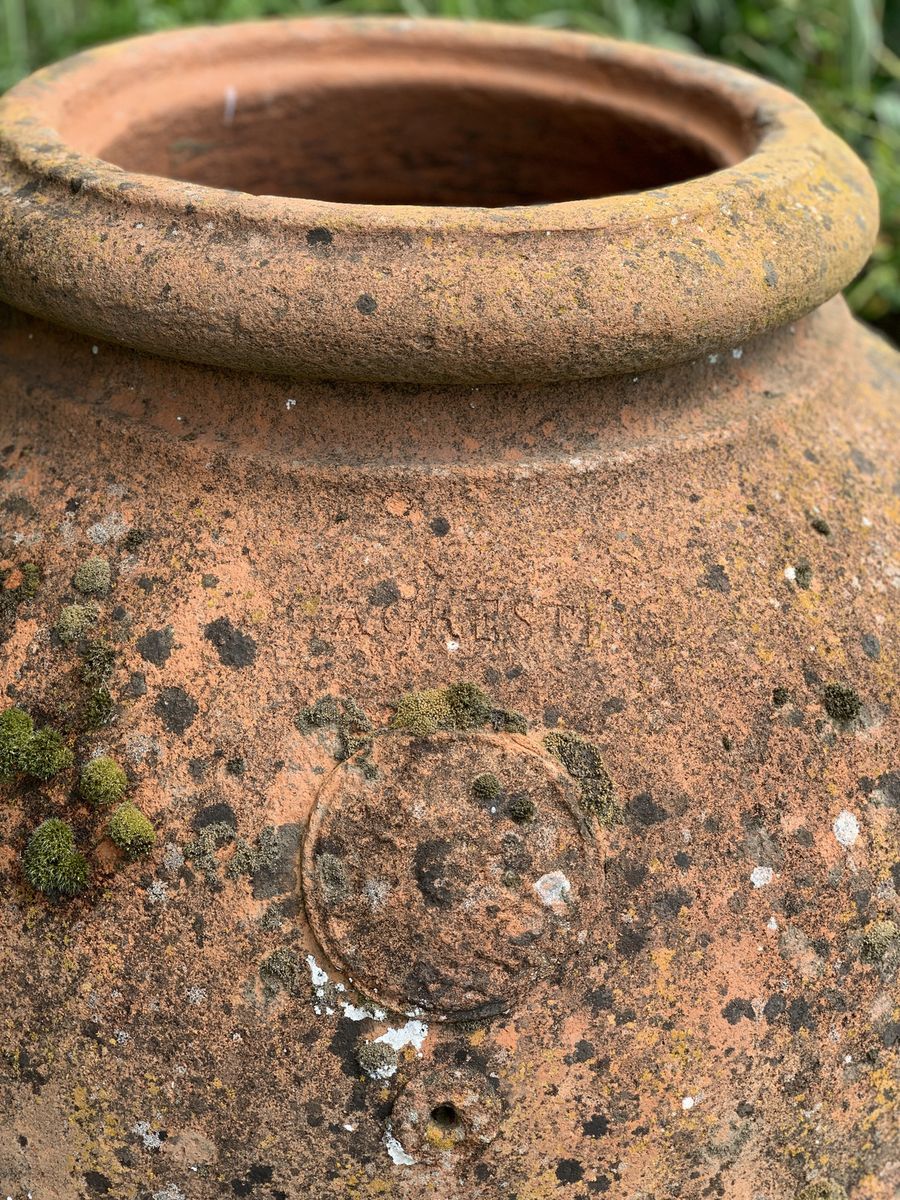
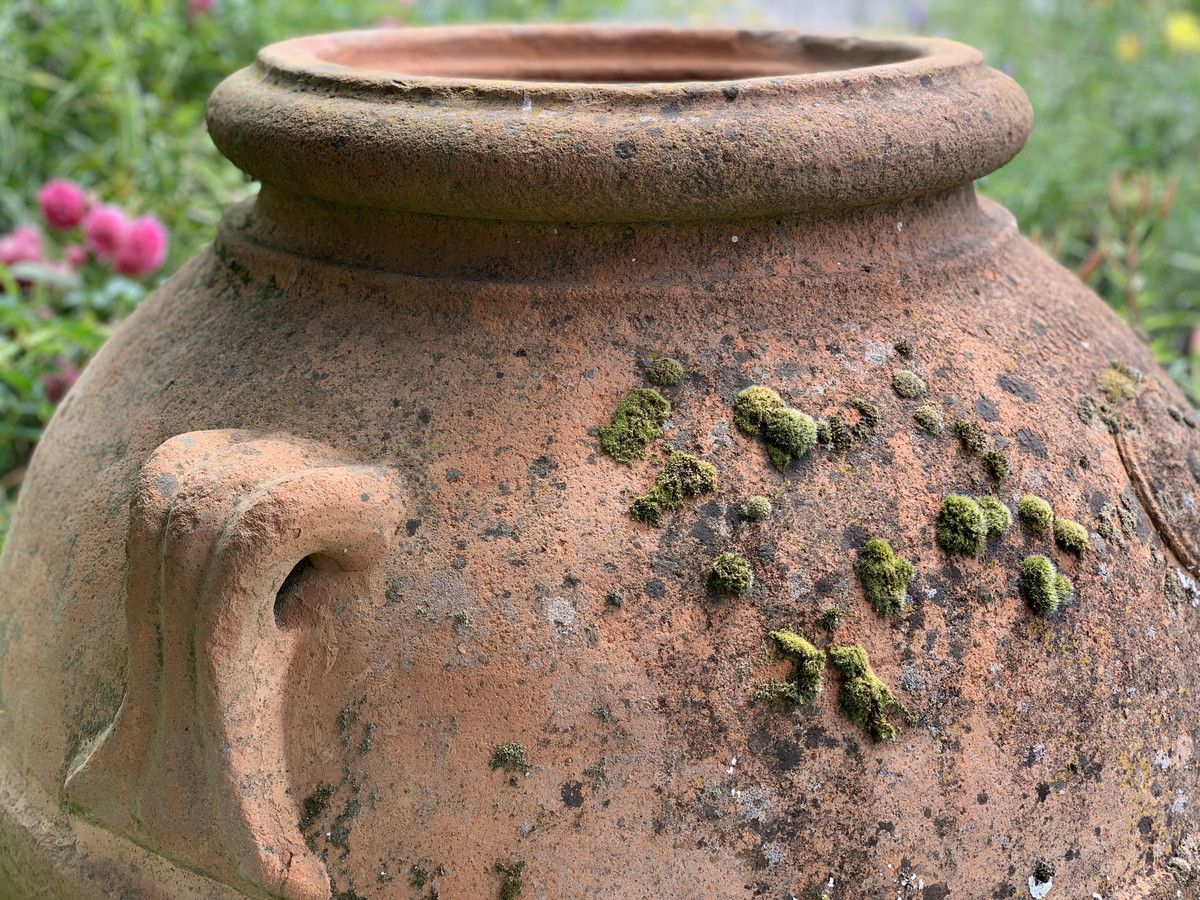
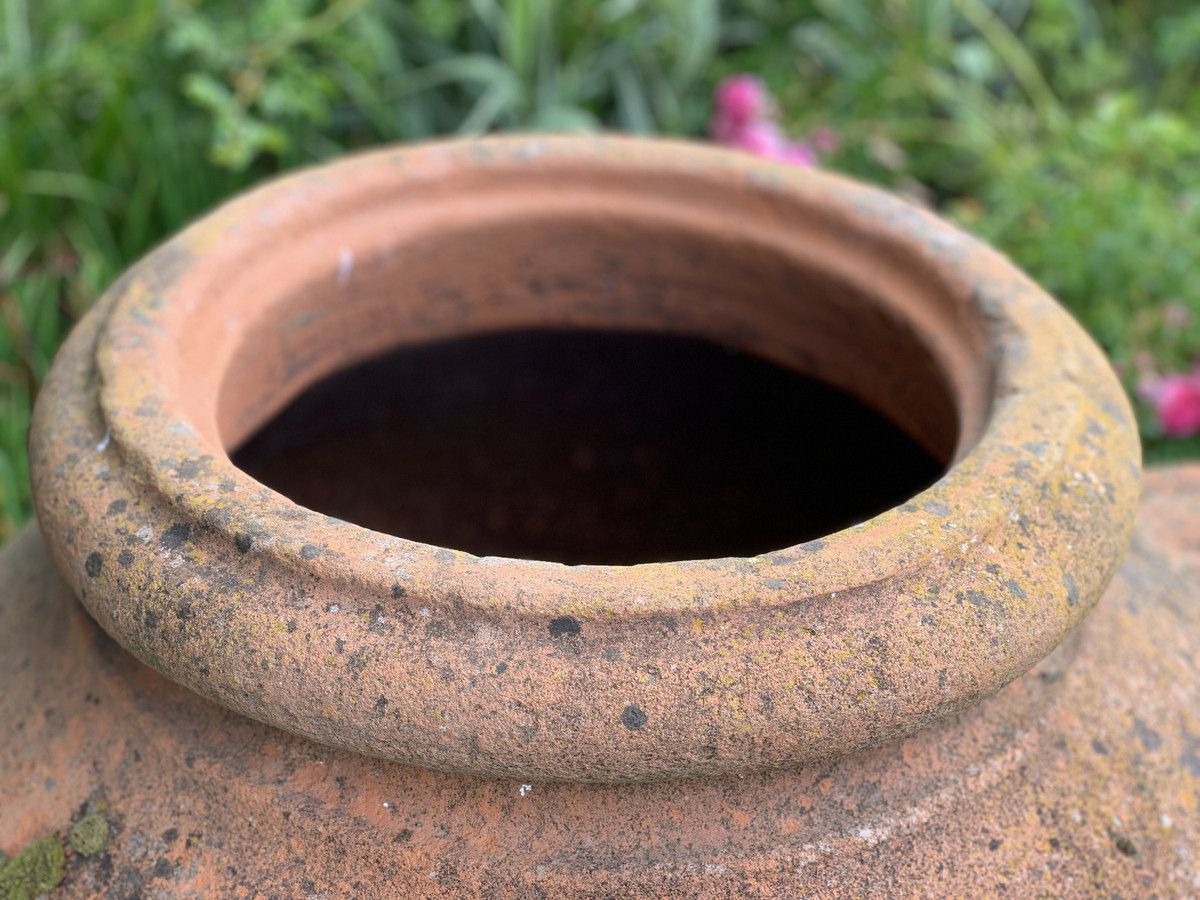
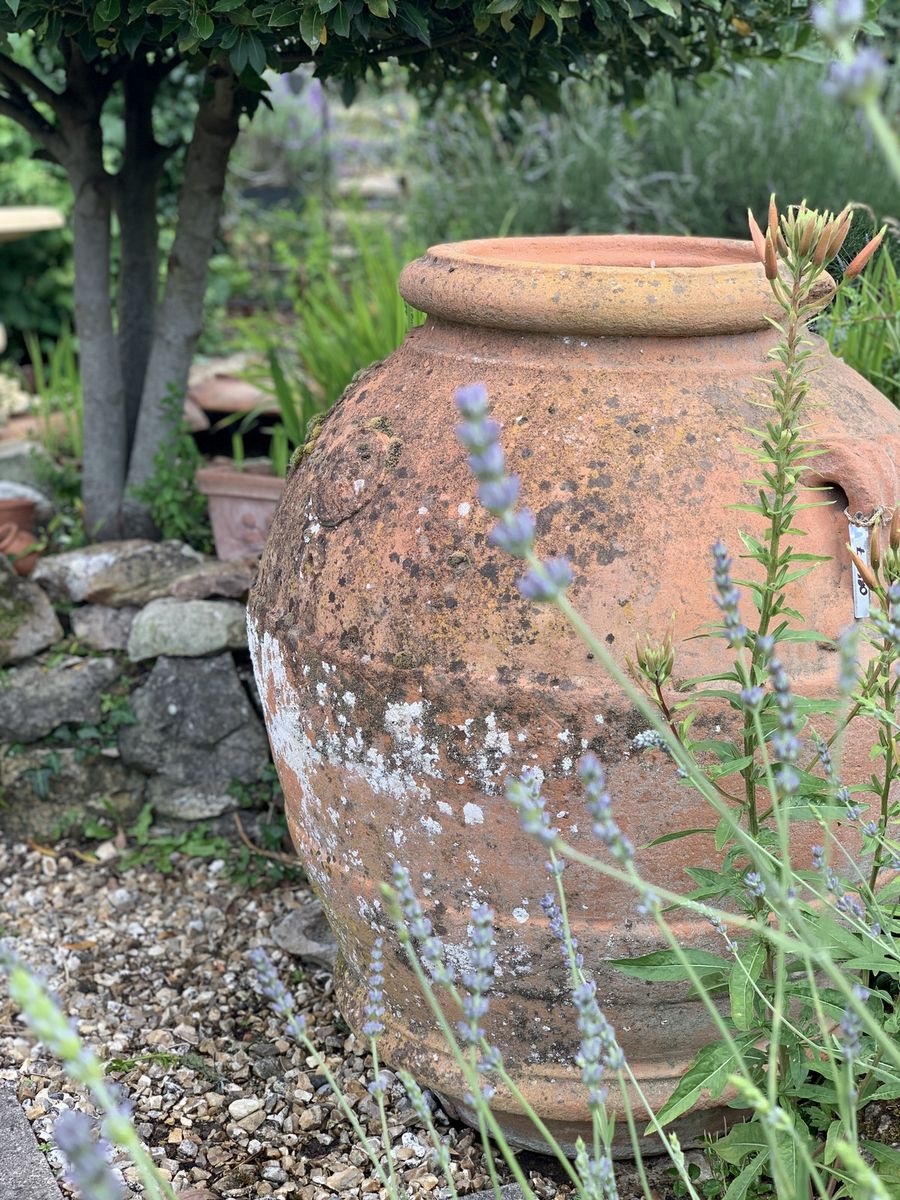
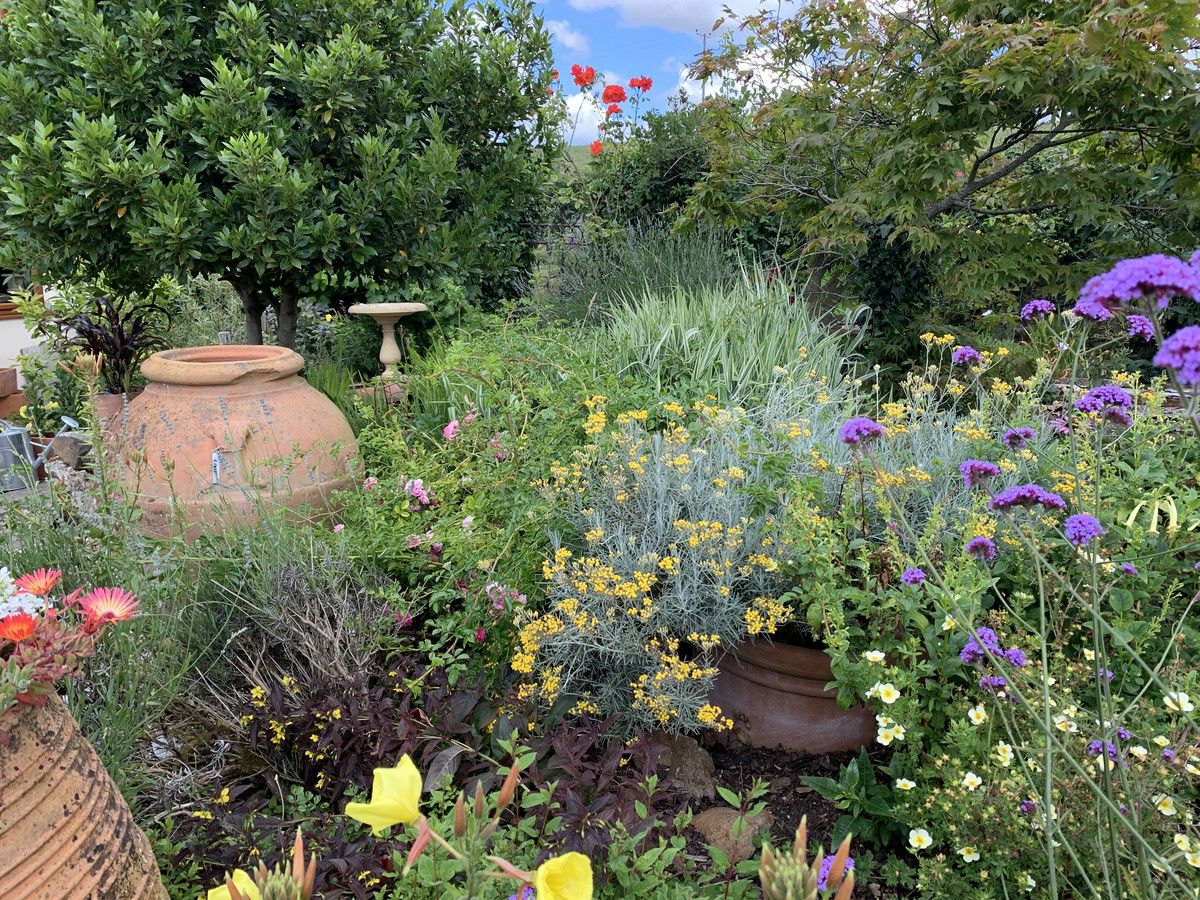
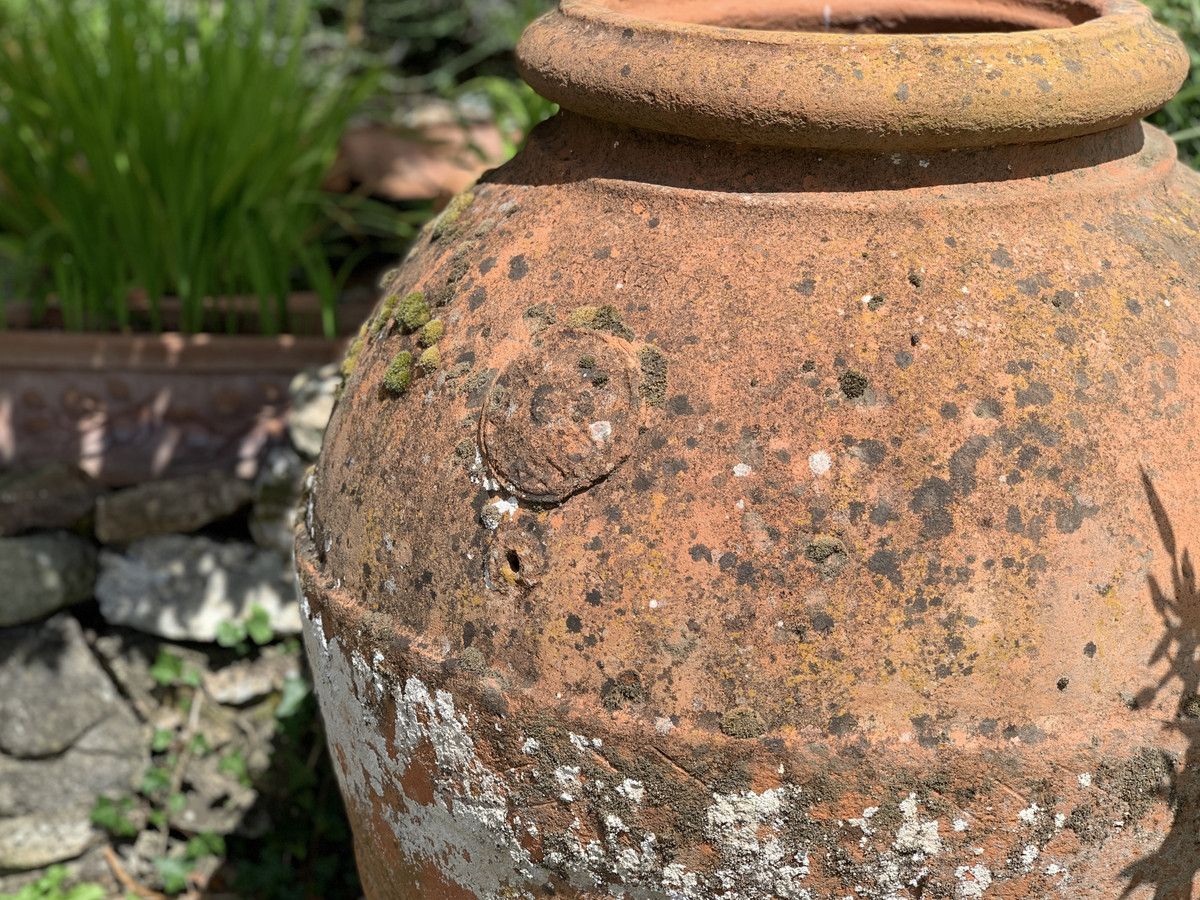
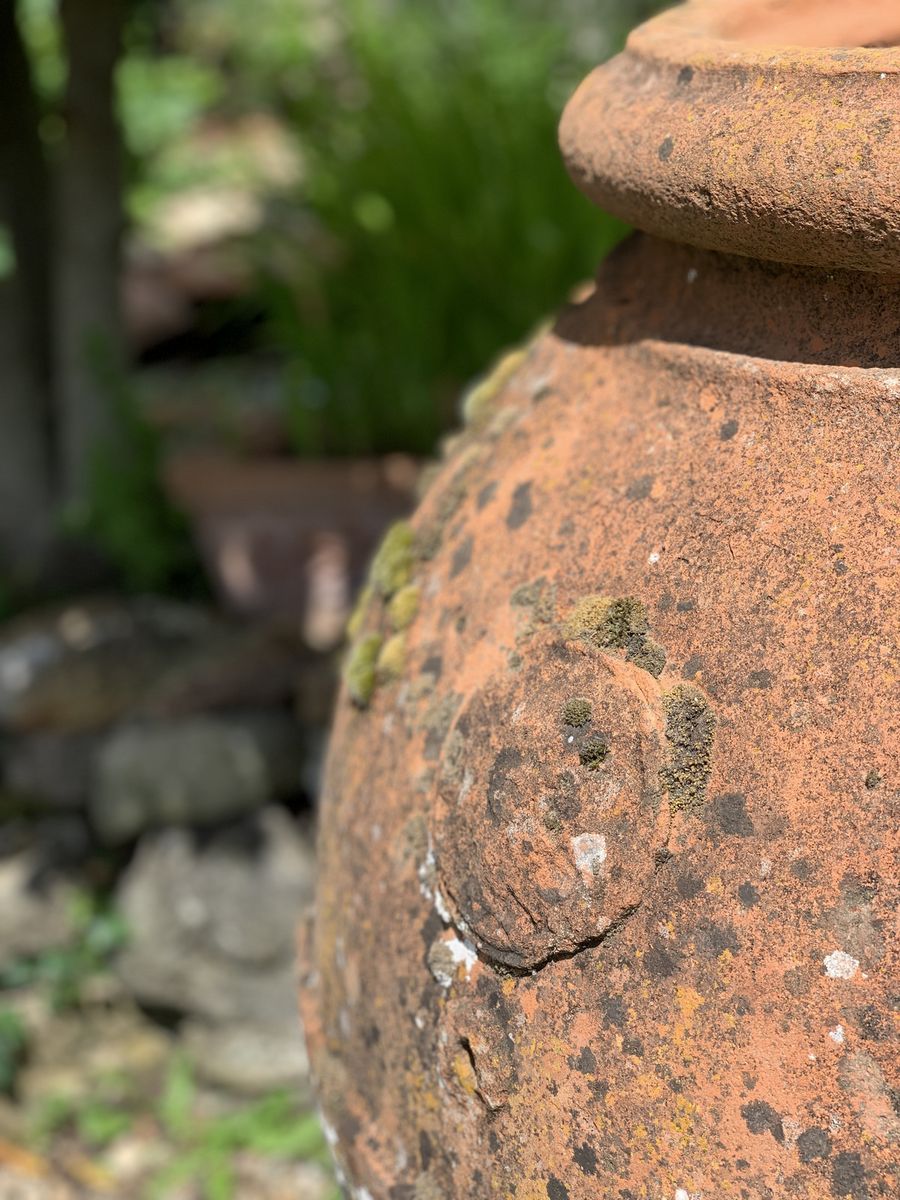
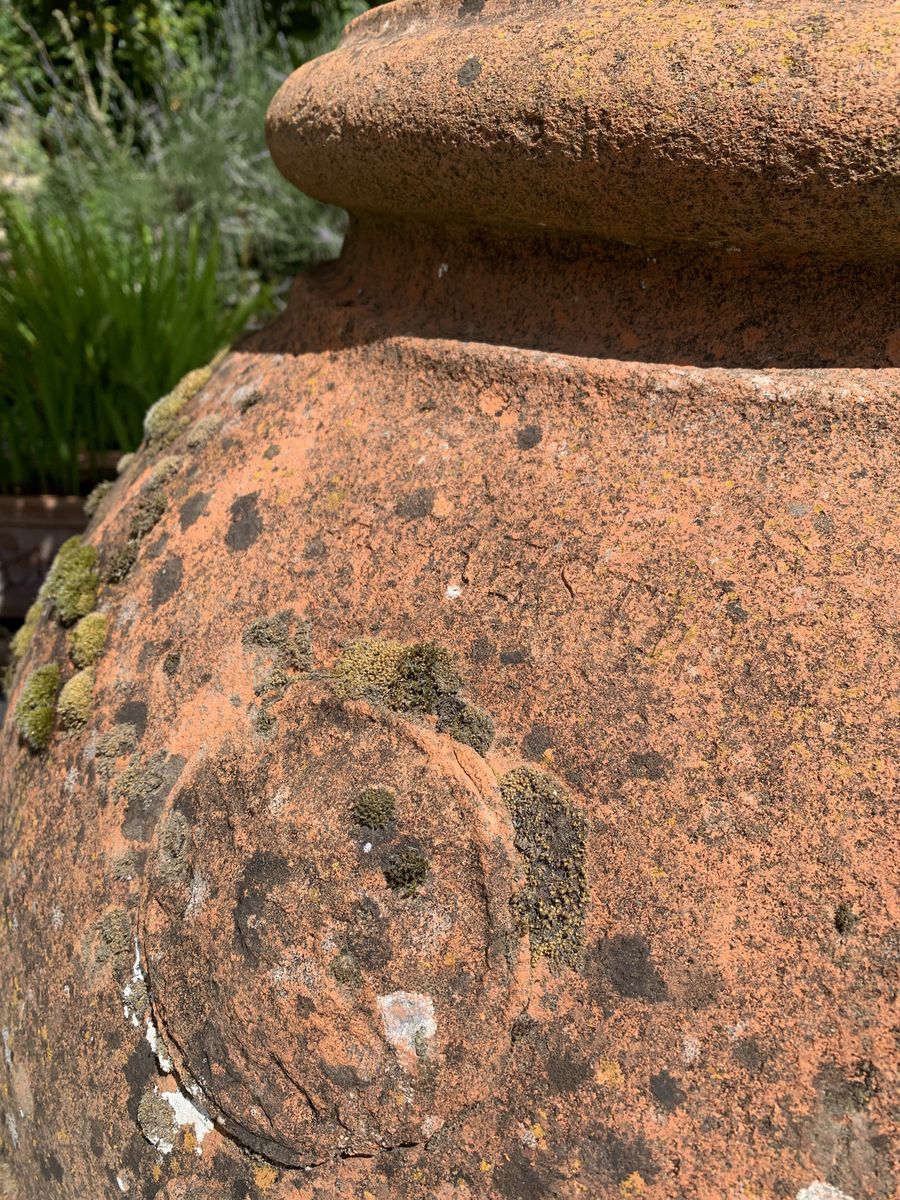














[Double Discount - 30% Off] 1800's Agestri Kiln Olive Jar
A smaller olive jar produced in the 1800s by the renowned Agestri family is in amazing condition. A sought after piece due to its heritage.
Details
The Agresti family kiln began operating in Impruneta in the late 1700s and were among the most important kiln dynasties through to the late 1800s. The site of the Agresti kiln is now a museum and documentation centre of terracotta production in Impruneta.
The Orcio bears the stamp Agresti above the rosette boss. There is no date or potter's name to date with, but we can safely assume it was made during the 1800s.
It is a tall slim Orcio with high handles, a narrow mouth, and a rosy red hue. There is plenty of moss and lichen growth, but the pot is in excellent condition. Although not as large as others in the collection, overall it is a beautiful piece.
